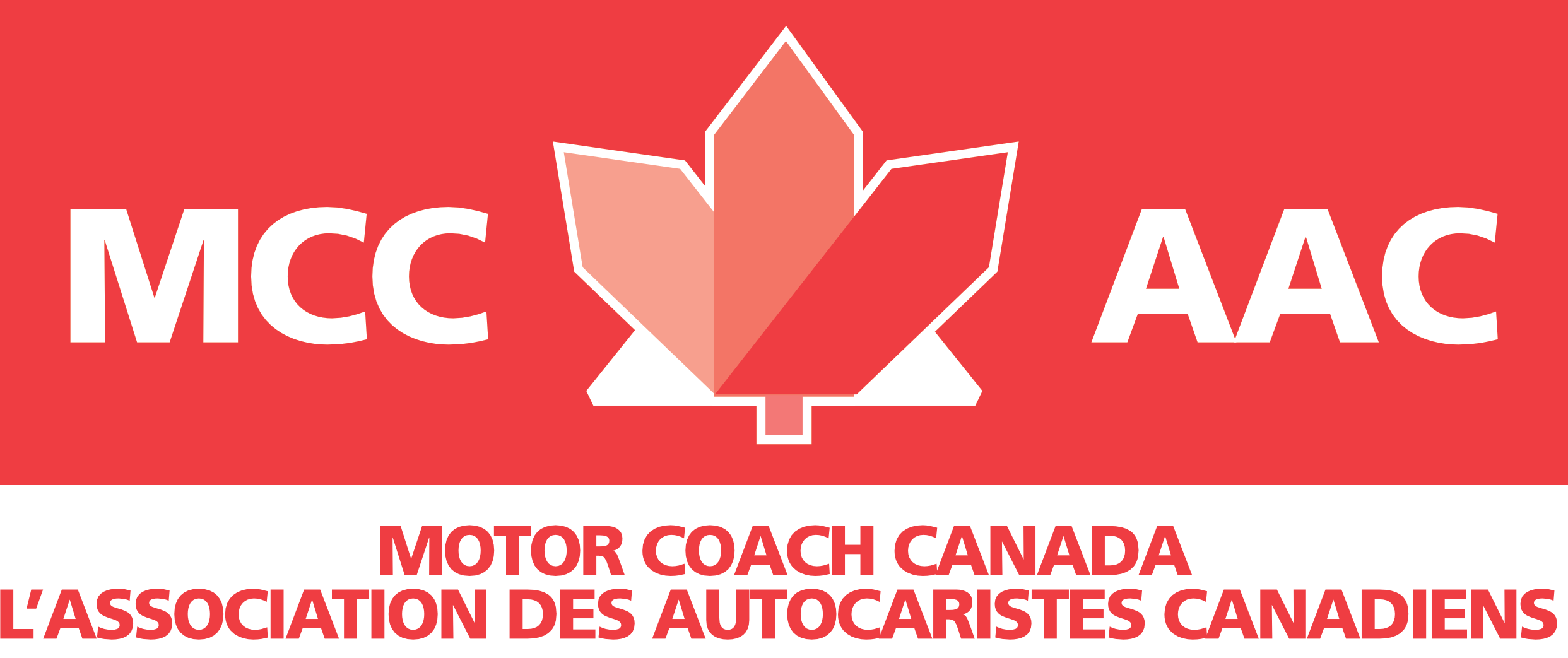Unplanned Stops and Special Detours:
What You Should Know About Canadian Hours of Service Rules
For your safety…and that of other road users, your motor coach driver’s hours of service are strictly regulated by Federal and Provincial laws. These laws limit the number of hours a driver can drive in a day, the length of a work shift, and the number of work hours a driver can accumulate over a multi-day period.
These are the rules for Canada:
- Your driver can drive up to 13 hours in a 24 hour day.
- Your driver must not exceed 14 hours on duty in a 24 hour day.
- Your driver must be off duty for a minimum of 10 hours in a 24 hour day.
- Your driver cannot drive after 16 hours has elapsed since the driver started his or her work shift (regardless of the number of on-duty hours). Example: If your driver begins his/her work shift at 6:00am, he/she cannot drive after 10:00pm and must take at least 8 hours off-duty before driving again.
- Your driver cannot begin a new work shift without first taking at least 8 consecutive hours off-duty.
- Your driver may work up to 70 hours in any period of 7 days (which includes driving and non-driving duties). Also, the driver must have at least one 24-hour break in the preceding 14 days.
If these limits are exceeded…
- Your driver and the company and you can be charged and fined, threatening the bus company’s operating privileges and your pocketbook.
- Your driver can be placed “out of service” at a roadside inspection for up to 72 hours.
How will anyone find out?
- Your driver’s log can be examined at any time during a trip by police or government transportation enforcement officers. You will need to carry 14 days worth of logs whenever you operate in Canada.
- Audits of driver and company records at the bus company’s premises will detect hours of service violations.
- Above all, with the advent of electronic logs enforcement of these regulations will be even more effective.
The Hours of Service rules of the country within whose borders you are currently operating are the rules that apply.
So, please don’t ask your driver to break the law by exceeding these limits.
After all, the safety of your group is our number one priority!
